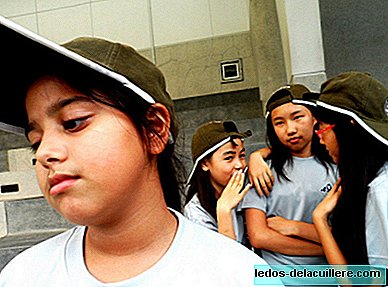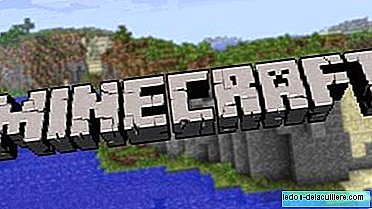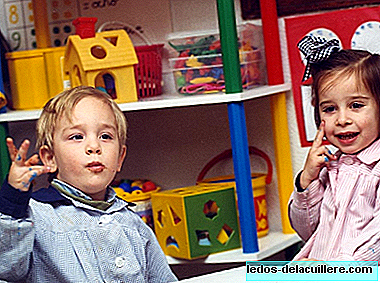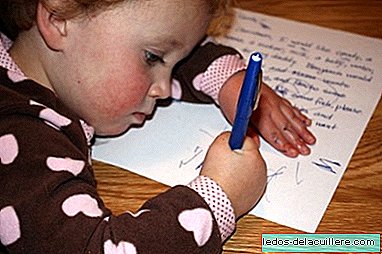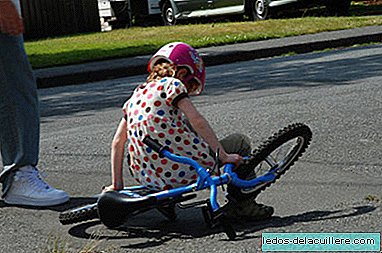
Rachel Blackburn is a nurse at Children's Hospital in Los Angeles, has published some recommendations so that we can act correctly in the face of childhood accidents traumatic
The situation that illustrates the image that accompanies this post does not seem very worrying, but sometimes parents witness accidents that require correct action, so as not to worsen the possible consequences that entail.
Rachel talks to us especially about the blows to the head, although we can find different consequences after an accident. Accidents are the first cause of death among children under 15 in developed countries. In addition, the author of the article that inspires this post coincides with us, in that they occur to a greater extent during the summer. It suits us apply common sense and work for prevention, but when does it occur? In this interview Julia and Eva told us about first aid in case of osteoarticular injuries. Now we have the opportunity to go deeper.
For Rachel, it is very important not to move the injured child, unless you are in a potentially dangerous situation. When it comes to blows to the head or back, no object should be placed under the neck or head, and it is also not convenient to change it, except if the place is unsafe, or they are submerged.
Evaluate the situation
After the accident, we must find out if children breathe, even before calling Emergencies (so we can inform better), it is an operation that will take us a few seconds. Subsequently - and after notifying the Emergency Services - we can act in one way or another depending on whether the victim is unconscious or not. It is obvious that if we do not know First Aid, our performance is very limited, That is why it is very important that all parents do this type of training.
We will ask the injured person to move the toes, if the child is unable to perform this gesture, and also can not move arms or legs, suffers a spinal cord injury, therefore moving it could lead to a more serious situation.
For the purpose of check if you are disoriented, we will ask the child what his name is, where he is, what day it is, to state numbers or letters - according to age - (alphabet) ordered. If the response is slow, incorrect, it could indicate a possible brain injury.
All these data are important in case of serious accidents, to inform the medical services that will attend to the child. It will only take us a few minutes to collect the information, yes: we must move quickly
Don't be scared if you see blood
There are people who can't stand the sight of blood, some even get dizzy. When the integrity of a child is at stake (whether or not our child) we cannot afford this kind of sensitivities, because with serenity one acts much better.
The wounds should be pressed until the bleeding stops, then they will be washed with soap and water, or with disinfectant liquid; whenever necessary a bandage will be applied. If the wound is deep, it does not stop bleeding, if the blood flows out, or the bones are seen, the emergency call is imminent.
Sincerely I hope none of us should follow Rachel's advice ever, but I insist on the need to act calmly despite the fear we may feel.


